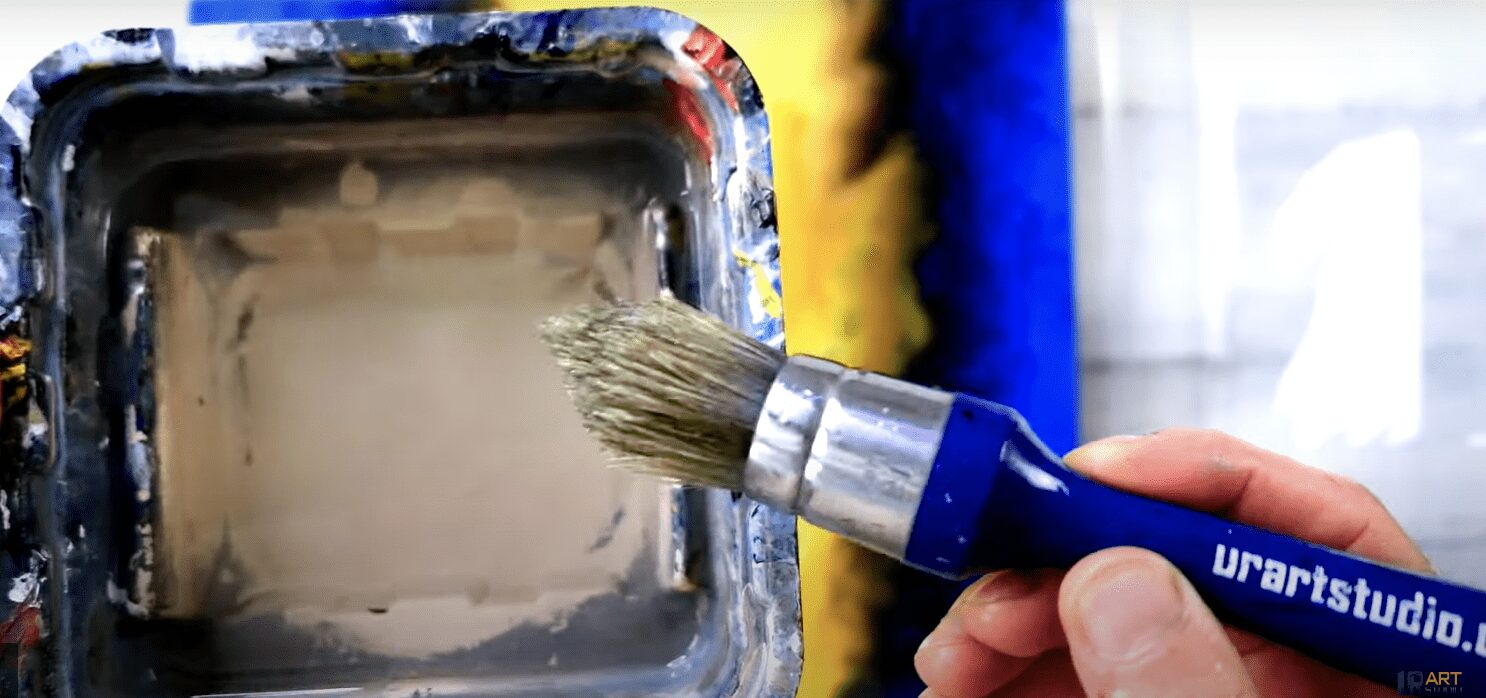Title: Mastering Brushwork: When to Use Dry and Wet Brushes in Acrylic Landscape Painting
Introduction:
Achieving mastery in acrylic landscape painting involves understanding the nuances of brushwork. One crucial aspect is knowing when to use your paintbrush in a dry state and when to use it wet. In this blog post, we will delve into the art of brushwork, exploring the benefits and techniques of both approaches. Whether you desire texture or smooth blending, read on to elevate your acrylic landscape paintings to new heights. And remember, urartstudio.com is your go-to resource for painting tips, techniques, and artist supplies.
Understanding Dry Brush Technique:
Dry Brush Technique: The dry brush technique involves using a brush with minimal or no moisture. This method is useful for adding texture, details, and creating certain effects in your acrylic landscape paintings.
- Building Textures: Use a dry brush to add texture to elements like tree trunks, rocks, or foliage. Load the brush with a small amount of paint and apply it with light, quick strokes, allowing the texture of the canvas to show through.
- Highlighting: Dry brushing is excellent for highlighting details. Dip the brush lightly into the paint and then remove excess paint by dabbing it on a paper towel. Lightly drag the brush over raised surfaces, such as the tops of waves, grassy tufts, or mountain peaks, to bring them to life.
- Expressive Brushwork: Embrace the expressive nature of dry brush technique to evoke movement or convey a sense of energy. Use short, deliberate strokes to capture the essence of swirling clouds, cascading waterfalls, or windblown trees.
Utilizing Wet Brush Technique:
Wet Brush Technique: The wet brush technique involves using a brush with moisture, enabling smoother application and blending in acrylic landscape painting.
- Color Blending: Apply thin, transparent layers of paint with a wet brush to create smooth gradients and seamless color transitions. Directly apply paint onto the canvas and blend the colors using gentle, sweeping strokes.
- Soft Edges: Wet brush technique is perfect for achieving soft edges in your landscape paintings. Apply paint generously and use a damp brush to blur and soften the edges of objects, such as distant mountains or tree canopies. This creates a sense of depth and atmosphere.
- Creating Depth: By layering wet paint, you can build a sense of depth in your landscapes. Apply darker shades in the foreground and lighter shades in the background, then use a wet brush to blend the transitions, enhancing the illusion of space.
Choosing the Right Technique:
- Combining Dry and Wet Brushwork: Feel free to combine both dry and wet brush techniques in your acrylic landscape paintings. By using dry brushes for specific details or textural elements and wet brushes for smooth blending, you can create dynamic and visually captivating artworks.
- Experiment and Observe: Practice and experimentation will help you determine which technique is best suited for your desired effect. Observe the works of other artists, study techniques, and develop your own style by incorporating elements from various approaches.
Conclusion:
Mastering dry and wet brush techniques in acrylic landscape painting opens up a world of possibilities. Whether you seek texture, detail, or smooth blending, understanding when to use your brush dry or wet is a valuable skill. Take the time to practice and experiment, combining the techniques to achieve stunning results. For more painting tips, techniques, and a wide range of artist supplies, visit urartstudio.com. Happy painting!
Please check out these pages for more valuable painting tips and step by step painting instructions:
PAINTING TIPS – https://urartstudio.com/painting-tips/
STEP BY STEP PAINTING INSTRUCTIONS – https://urartstudio.com/step-by-step-painting-instructions/
#BrushworkTechniques #DryBrushTechnique #WetBrushTechnique #AcrylicLandscapePainting #TextureAndBlending #PaintingEffects


Leave a Reply
You must be logged in to post a comment.